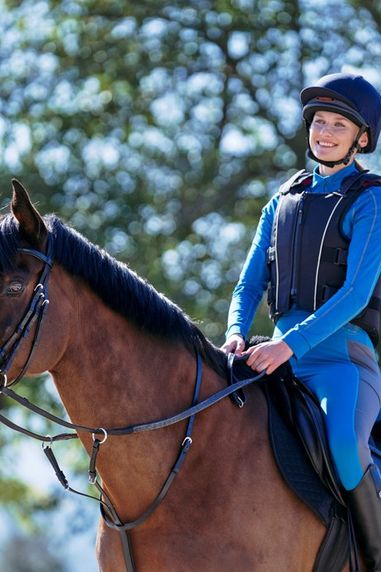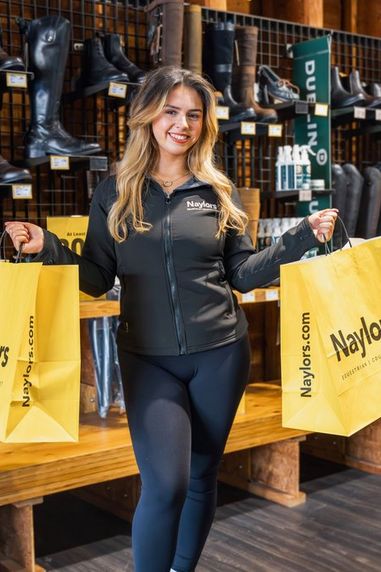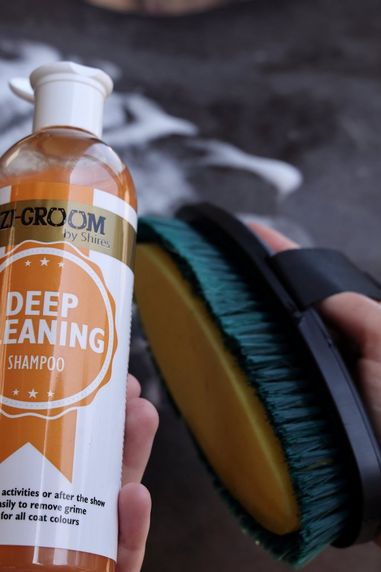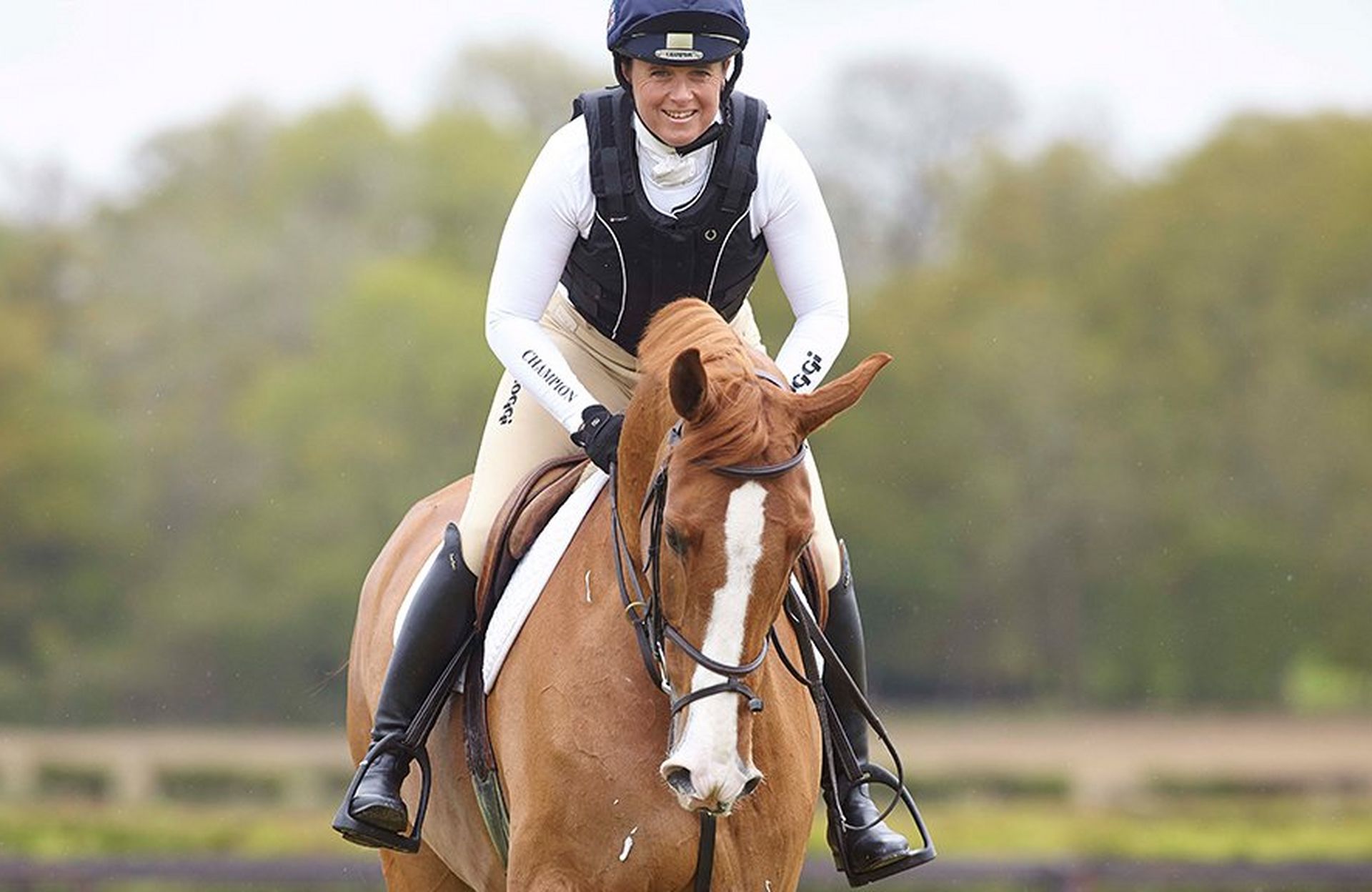
Learn All About MIPS Riding Hats & How They Help Protect Your Brain
It's an exciting time in the equestrian world as a new technology is coming into use in riding hats. Horse riding is a high risk sport and it is very important to keep yourself as safe as possible by wearing a riding hat at all times. Riding hat technology continues to improve all the time with new research and our growing understanding of the human brain. The latest revolutionary technology bursting onto the scene is the Multi-Directional Impact Protection System better known as MIPS. This blog will tell you all about MIPS riding hats, what they are and how they work.
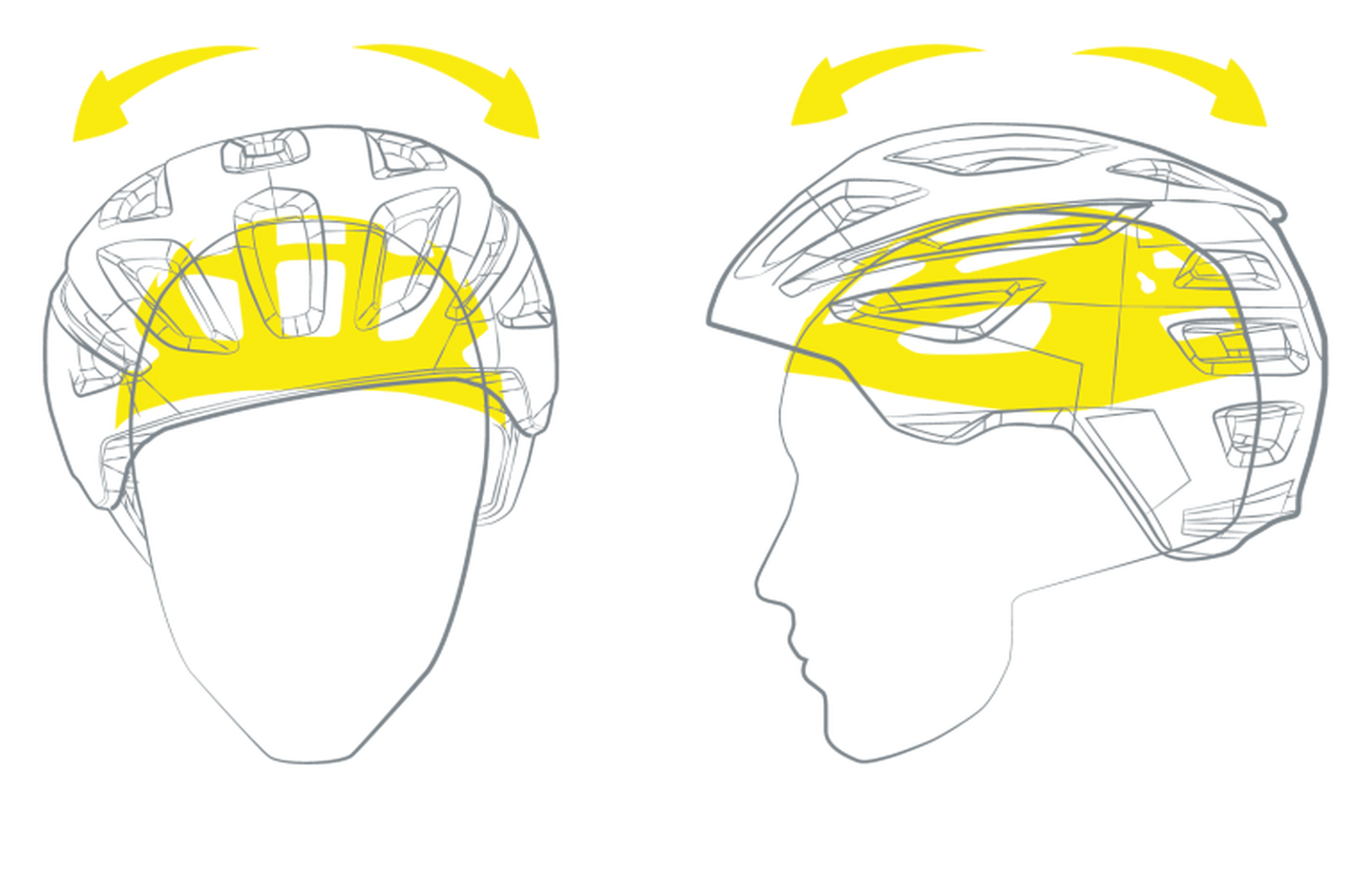
Image source: www.mipsprotection.com
MIPS riding hats received a lot of praise at this year's British Equestrian Trade Association (BETA) international awards. One took the top prize and another was highly commended in the safety category. The technology itself isn't actually new and has come from years of research. The MIPS technology has already been used in cycling helmets (as pictured above) and snow sport helmets so it's only natural that we have MIPS riding hats too.
How Does MIPS Technology Work?
MIPS riding hats have a Low Friction Layer that sits between the lining and the outer shell. This means if you were to hit your head on an angle (as you do in most falls from a horse) then this layer can slide up to 10-15mm in any direction. This effectively means the head doesn't have to withstand as much of a sudden impact. When the head is subjected to sudden jolts and movements the brain actually moves within the skull as it is not secured in one place but sits within cerebrospinal fluid. So the aim of MIPS is to reduce this effect of rotational motion on the brain and therefore reduce the risk of minor and severe brain injuries including concussion. The video below will give you a visual idea of just what happens inside MIPS riding hats during a fall.
As mentioned earlier, this technology has stemmed from years of research and has been designed by scientific and medical researchers. In 1995, Hans von Holst, a Swedish brain surgeon began to look at why people still suffer from head trauma whilst wearing helmets, even if the helmets or the heads themselves didn't appear to have much surface damage. This lead to student Peter Halldin pursuing a PhD on head and neck injury biomechanics. He worked from a technical perspective with assistance from Hans von Holst's clinical knowledge. Together they came up with the idea of MIPS and the first prototype was tested in 2000 at the University of Birmingham. This lead to a scientific publication showing that MIPS technology actually could significantly reduce the rotational acceleration effect on the brain!
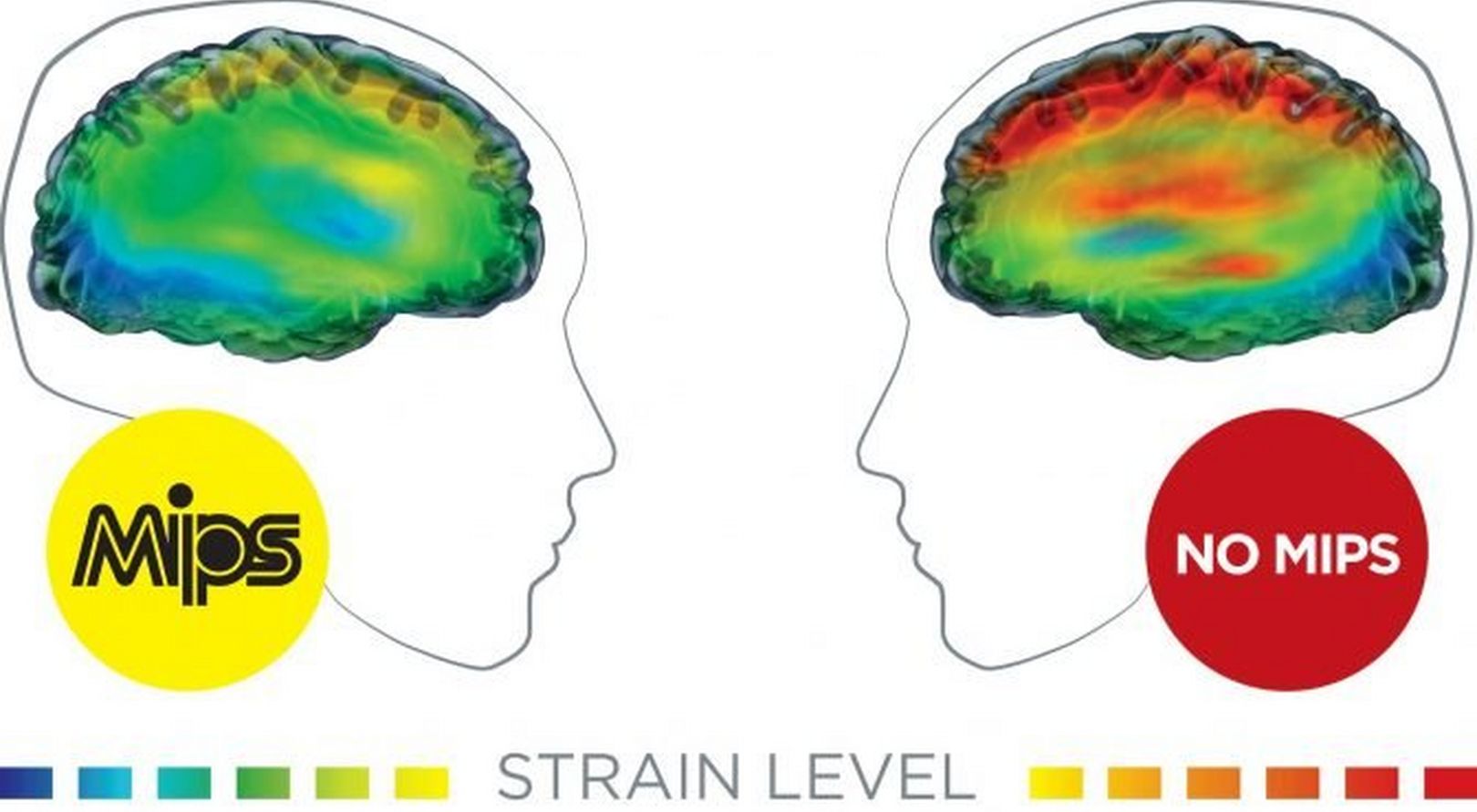
Image source: www.mipsprotection.com
How Does MIPS Technology Effect The Design Of Riding Hats?
Because MIPS involves an inner layer between the lining and the outer shell the outer appearance of MIPS riding hats doesn't need to differ from what you expect a hat to look like. As the technology becomes wider used in the equestrian world we'd expect to see a whole host of designs sporting this technology. With more material involved in making the low friction layer, MIPS riding hats tend to weigh around 25-45g more than equivalent non-MIPS hats. All in all, this isn't a huge burden to carry for additional safety. MIPS riding hats will still be able to be tested to the standards that other riding hats are.
MIPS Hats At Naylors
Here at Naylors, we are looking forward to stocking some new MIPS riding hats from Champion that will be arriving with us soon. Champion's managing director Sarah-Jane Fedarb had this to say, “After 10 years of research, Champion is delighted to announce the introduction of riding headwear with MIPS technology... Adding rotational injury protection is an obvious step forward to ensure Champion continue to offer the most advanced protection.” Be sure to keep an eye out for the launch of these hats here at Naylors in spring 2019. Keep up to date with their arrival on our Instagram page,, Facebook page, on our website or by signing up to our email newsletter.



